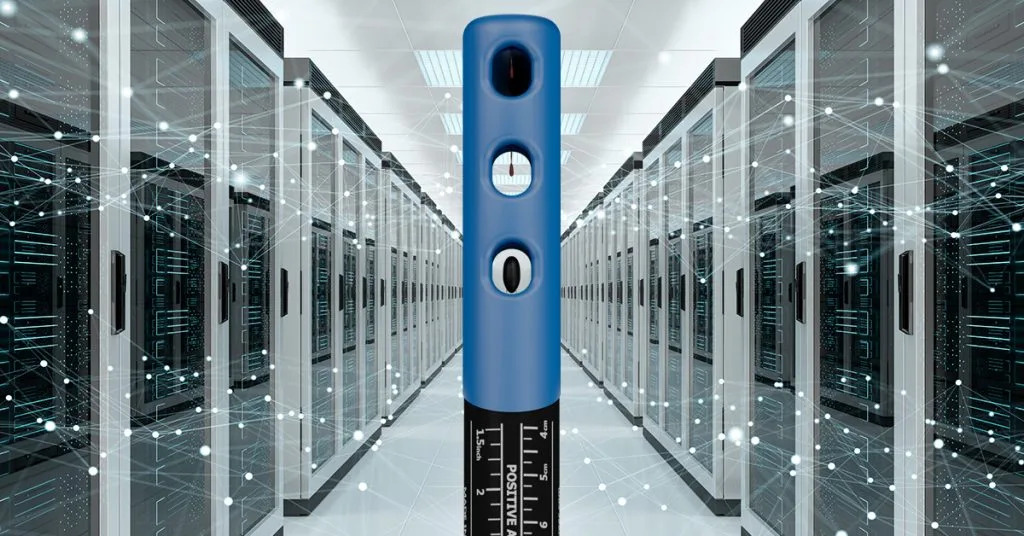Server Rack Cooling: Best Practices and Solutions
In today’s data-driven world, maintaining optimal server performance is crucial for businesses of all sizes. One of the most critical aspects of server management is ensuring proper cooling. Without adequate cooling, servers can overheat, leading to reduced efficiency, hardware failure, and costly downtime. In this guide, we’ll explore the best practices and solutions for effective server rack cooling.
Why Is Server Rack Cooling Important?
Servers generate significant heat, and without proper cooling mechanisms, this heat can accumulate, leading to several issues, including:
- Reduced Lifespan of Equipment: Excessive heat can cause components to degrade faster.
- Increased Risk of Downtime: Overheated servers may shut down unexpectedly.
- Higher Energy Costs: Inefficient cooling systems can lead to excessive energy consumption.
- Lower Performance: High temperatures can throttle CPU performance, slowing down operations.
Best Practices for Server Rack Cooling
1. Optimize Airflow Management
Proper airflow ensures that cool air reaches the servers and hot air is efficiently expelled. Some key airflow management strategies include:
- Use Blanking Panels: Prevent hot air recirculation by installing blanking panels in empty rack spaces.
- Manage Cable Clutter: Proper cable management prevents airflow obstruction.
- Front-to-Back Airflow: Arrange servers to ensure air flows efficiently from the front to the back.
2. Use Effective Cooling Systems
Several cooling solutions can help maintain optimal temperatures:
- Rack-Mounted Cooling Units: These units provide direct cooling to specific racks.
- In-Row Cooling Systems: Positioned between server racks, these systems enhance cooling efficiency.
- Liquid Cooling: Advanced data centers are now using liquid cooling to manage heat more effectively.

3. Monitor Temperature and Humidity
Real-time monitoring helps detect potential issues before they escalate. Consider implementing:
- Temperature Sensors: Place sensors at different rack levels for accurate monitoring.
- Humidity Control: Maintain recommended humidity levels (40-60%) to prevent static electricity and condensation.
- Automated Alerts: Use software to receive alerts when temperatures exceed safe thresholds.
4. Ensure Proper Room Ventilation
Beyond rack-specific cooling, the entire server room should be well-ventilated. Some key considerations include:
- Hot Aisle/Cold Aisle Configuration: Align racks in alternating aisles to separate hot and cold air.
- Raised Floors and Ceiling Vents: These facilitate better air circulation and cooling.
- Dedicated Server Room Air Conditioning (CRAC Units): Maintain a controlled temperature environment.
5. Regular Maintenance and Upgrades
Cooling efficiency can degrade over time, making regular maintenance essential:
- Clean Dust and Debris: Dust can clog fans and restrict airflow.
- Check Fan Functionality: Ensure all fans are operational and replace faulty ones promptly.
- Upgrade Aging Cooling Systems: Newer technologies offer better efficiency and lower energy consumption.
Choosing the Right Cooling Solution for Your Needs
The best cooling solution depends on various factors, including:
- Size of the Server Rack: Larger racks may require specialized cooling solutions.
- Heat Output of Equipment: High-performance servers generate more heat and need more robust cooling.
- Data Center vs. Office Setup: Smaller setups often use air-cooled solutions, while larger data centers may benefit from liquid cooling.
Final Thoughts
Effective server rack cooling is essential for maintaining performance, prolonging hardware lifespan, and reducing operational costs. By implementing proper airflow management, choosing the right cooling systems, and regularly monitoring temperature levels, businesses can ensure their IT infrastructure remains efficient and reliable.
If you’re looking to optimize your server rack cooling, consider consulting with IT professionals to determine the best solution tailored to your needs.